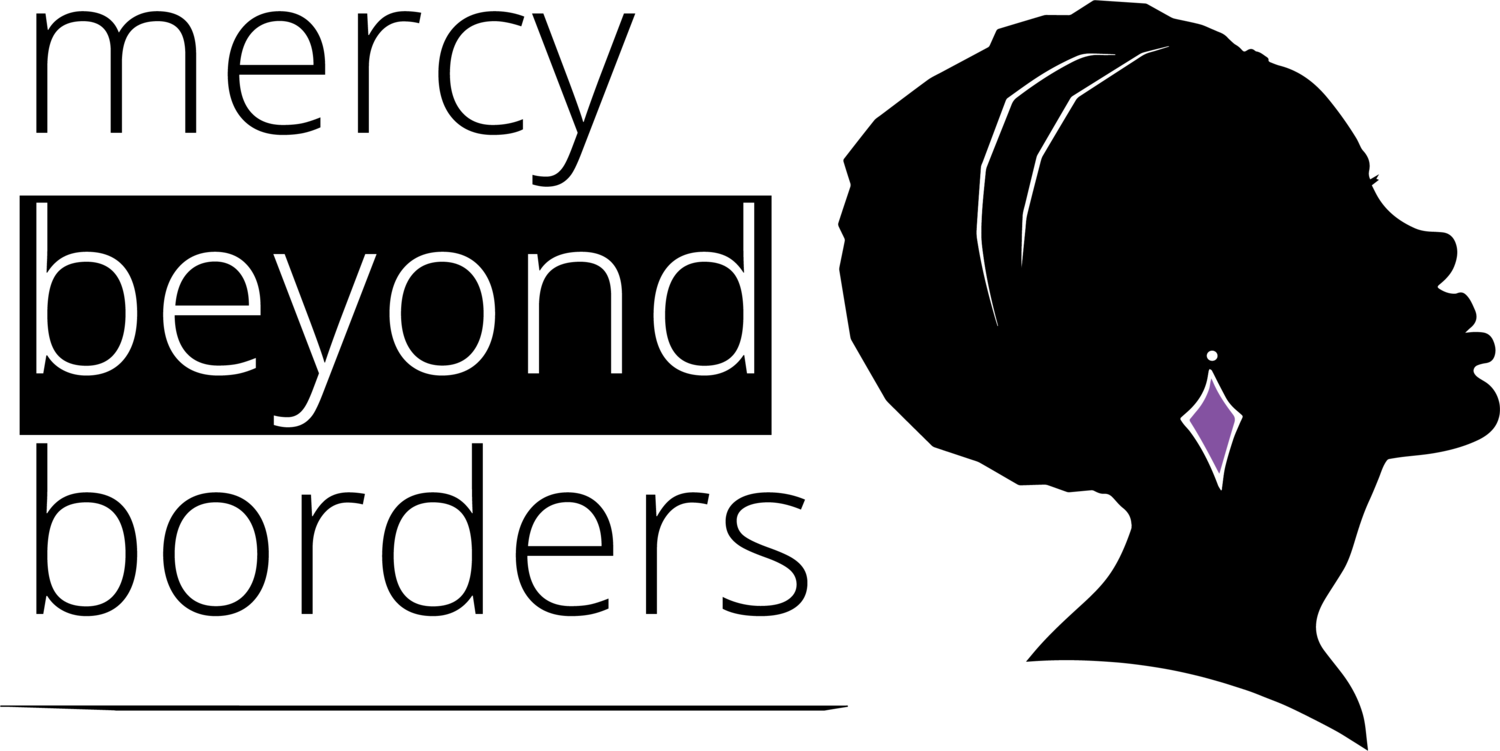Pilon (Mortar & Pestle)
Chances are, even if you don’t know who or what I am, you have seen, heard, and even tasted my hard work. In Haiti, I am recognized not by sight, but by sound. In the wee hours of the morning, my familiar “thump, thump, thump” wakes even the roosters and goats before the sun peeks over the horizon.
I come in many varieties, and can be made from wood, stone, or even metal. Most often in Haiti you will find me fashioned of simple unvarnished wood, absent any fancy designs, colors, or engravings. Sophisticated pilons don’t live out here in the rural, mountainous areas. For something elaborate, you’d have to travel to Petionville, one of the wealthier suburbs of Port au Prince. If you find a fellow pilon in those kitchens, more likely than not they won’t show signs of age, or wear and tear. Those “rich city” pilons don’t work as hard as we do here in the provinces.
When you hear me working, you know that someone in the household is preparing a meal. Or grinding up coffee beans to be sold in roadside stands or in the open market. Usually, the women who work with me add sugar to the coffee beans - making my work to grind the bean and sugar into a fine powder all the more arduous. The good news, however, is that when you hear me working, your belly will soon be satisfied.
I am perhaps best known for my work on blending together the ingredients for Haitian epis. That’s the Haitian Creole word for spice; epis is the fundamental base for every good recipe in Haiti. Haitian epis traces its roots all the way back to Africa. It’s a mix of garlic, peppers, onion, and other herbs varying geographically. My job is to work through the whole cloves of garlic and other ingredients to achieve a smooth, pesto-like substance. Epis then serves as the base for many recipes, and even for cleaning and seasoning meat and fish.
Without a sturdy pilon like me, epis would be quite difficult to make. Of course, I’ve heard rumors of devices called “blenders” or “food processors” taking over my role, but here in rural Haiti we are unfamiliar with such luxuries, depending as they do on electricity which is rarely if ever available to us. Besides, I believe most Haitian women will always prefer me to those mechanical tools being used elsewhere. Why? Because pilons proudly represent traditional Haitian culture.
Anything that needs to be pulverized relies on me. I transform corn into cornmeal for mais moulin. I mash leaves and herbs essential for healing teas. I don’t get much rest. Similar to your American “cast-iron skillet” (I’ve only seen it pictured in magazines), I am best if you keep me away from soapy water. Simply wipe me down or rinse me. That way, I can hold on to the flavors of all the meals that began in me, along with the love and heart poured into me by the mothers and aunties and grandmothers who share our mountain home..
Like most Haitians, I work extremely hard. I’m proud of what I make possible. Treat me well, and I will last you a lifetime!


